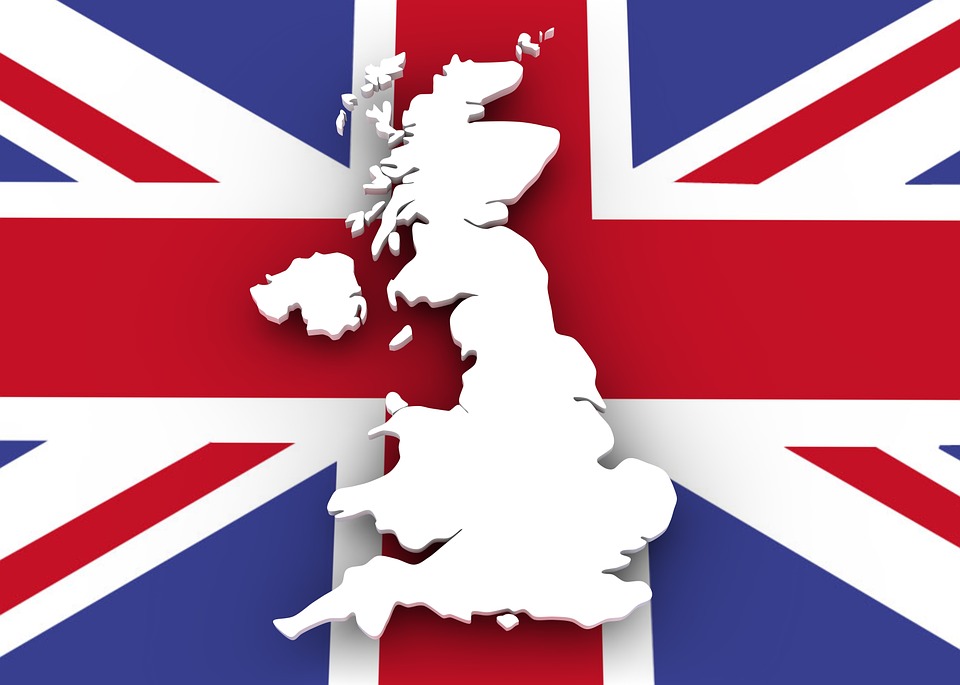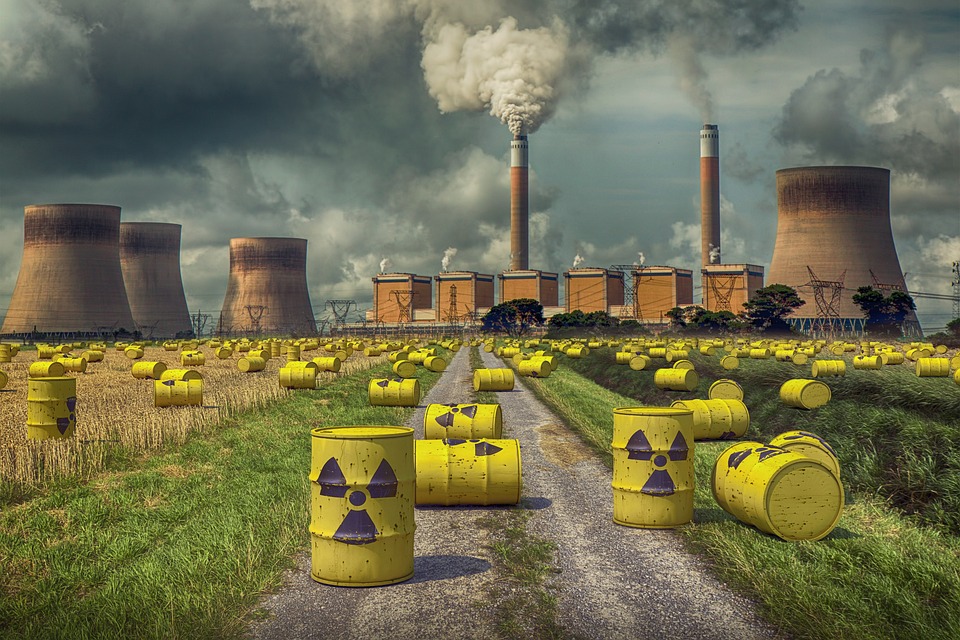
Quantum entanglement is a phenomenon in which two or more quantum systems become linked in such a way that the state of one system cannot be described independently of the state of the other. This concept is a fundamental aspect of quantum mechanics and has important implications for quantum information processing, cryptography, and teleportation. However, since entanglement is a non-classical phenomenon, it is difficult to create and verify experimentally. In this essay, we will discuss some of the experimental methods used to create and verify entanglement.
One of the earliest experiments to create entangled states was performed by Einstein, Podolsky, and Rosen (EPR) in 1935. They proposed a thought experiment in which two particles were created in an entangled state and then separated. According to their theory, measuring the state of one particle should immediately determine the state of the other, regardless of the distance between them. This idea was later formalized by John Bell in 1964, who showed that entanglement could be used to violate the classical laws of physics. Bell’s theorem states that if two particles are in an entangled state, their correlation measurements will violate a certain inequality that holds for classical systems. This theorem has been extensively tested experimentally and has been shown to hold true in numerous experiments.
One method to create entangled states is through a process called spontaneous parametric down-conversion (SPDC). This technique involves shining a laser beam on a nonlinear crystal, which splits the beam into two photons of lower energy that are entangled. The polarization of the photons is typically used to create the entangled states, but other degrees of freedom such as their frequency or momentum can also be used. One of the advantages of SPDC is that it can produce a large number of entangled pairs of photons in a short amount of time.
Another method to create entangled states is through the use of superconducting circuits. These circuits consist of two or more superconducting qubits that are coupled together in a way that allows them to exchange energy and information. By manipulating the state of the qubits with microwave pulses, it is possible to create an entangled state between them. This technique has the advantage of being relatively easy to control and measure, but it is also sensitive to environmental noise and decoherence.
Once entangled states have been created, they can be verified through a variety of methods. One of the most common techniques is to perform a Bell test, which measures the correlations between the entangled particles and compares them to the predictions of classical physics. If the correlations violate the Bell inequality, then the particles must be in an entangled state. Bell tests have been performed in numerous experiments using a variety of physical systems, including photons, ions, and superconducting circuits.
Another method to verify entanglement is through the use of quantum tomography. This technique involves measuring the state of each particle in the entangled pair and using that information to reconstruct the full state of the system. By comparing the reconstructed state to the predicted state, it is possible to verify that the particles are entangled. Quantum tomography can be performed using a variety of measurement schemes, including state tomography, process tomography, and gate tomography.
One of the challenges in experimental quantum entanglement is the issue of decoherence. Decoherence refers to the loss of coherence in a quantum system due to interactions with the environment. Since entangled states are highly sensitive to environmental noise, it is important to perform experiments in highly controlled environments and to use techniques such as error correction to mitigate the effects of decoherence.
In addition to creating and verifying entanglement, there are also many applications of entanglement in quantum information processing. For example, entanglement can be used for quantum teleportation, which allows the transfer of quantum information from one location to another without physically moving the quantum state itself. This technique relies on entangled states to transmit information in a secure and efficient manner.
Entanglement can also be used for quantum cryptography, which is a method of secure communication that relies on the principles of quantum mechanics. By using entangled states, it is possible to create unbreakable encryption schemes that are resistant to eavesdropping.
Another application of entanglement is in quantum computing. In a quantum computer, entangled states can be used to perform complex computations that would be impossible on classical computers. This is because entangled states allow for the exploitation of quantum parallelism, which allows multiple computations to be performed simultaneously.
In conclusion, the creation and verification of entangled states is a fundamental aspect of experimental quantum mechanics. While there are many different methods for creating and verifying entanglement, all of them rely on the delicate manipulation of quantum systems in order to produce highly correlated states. The study of entanglement has important implications for a wide range of fields, including quantum information processing, cryptography, and computing. As such, the continued exploration of entanglement is essential for the development of new quantum technologies and the advancement of our understanding of the fundamental principles of the universe.







